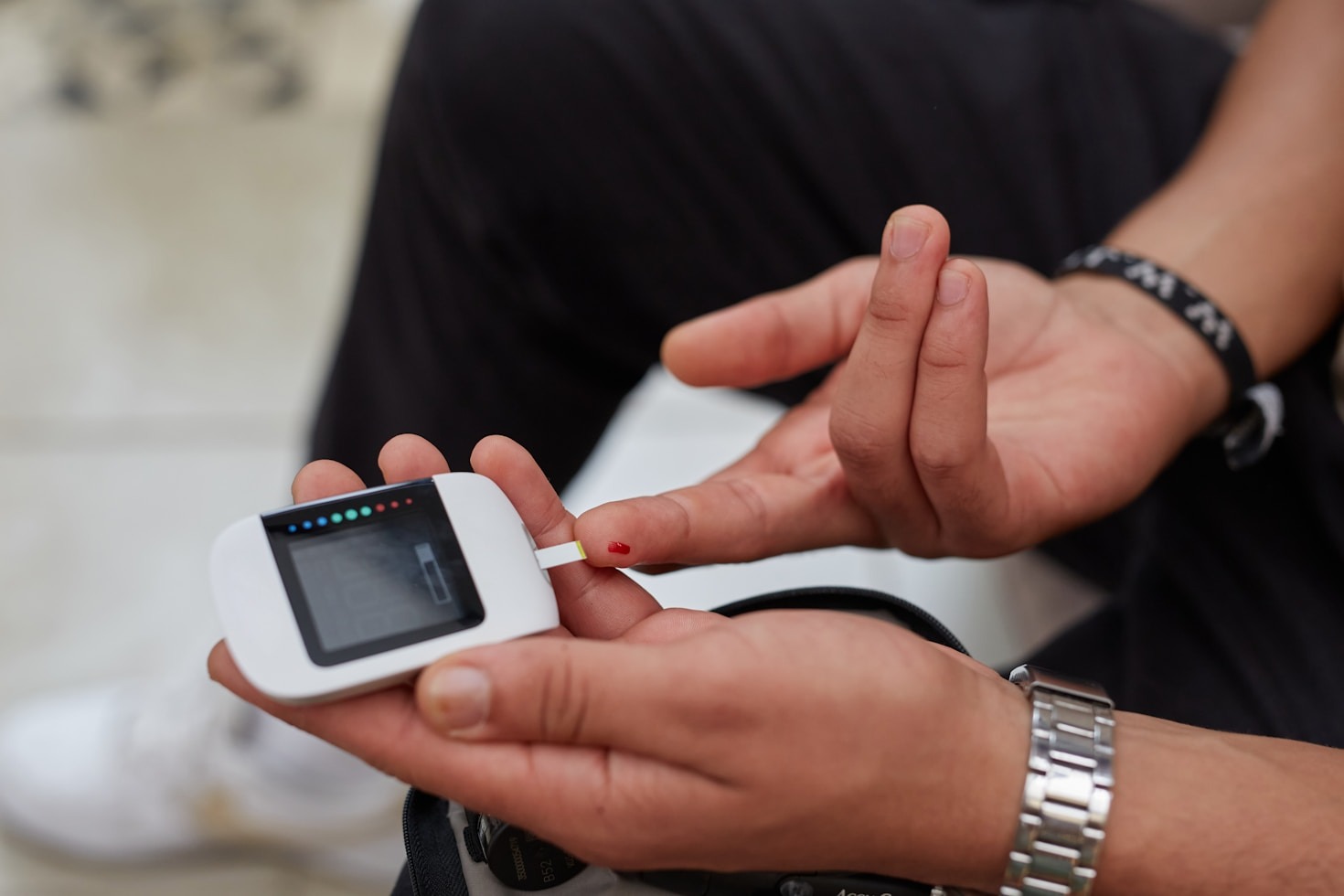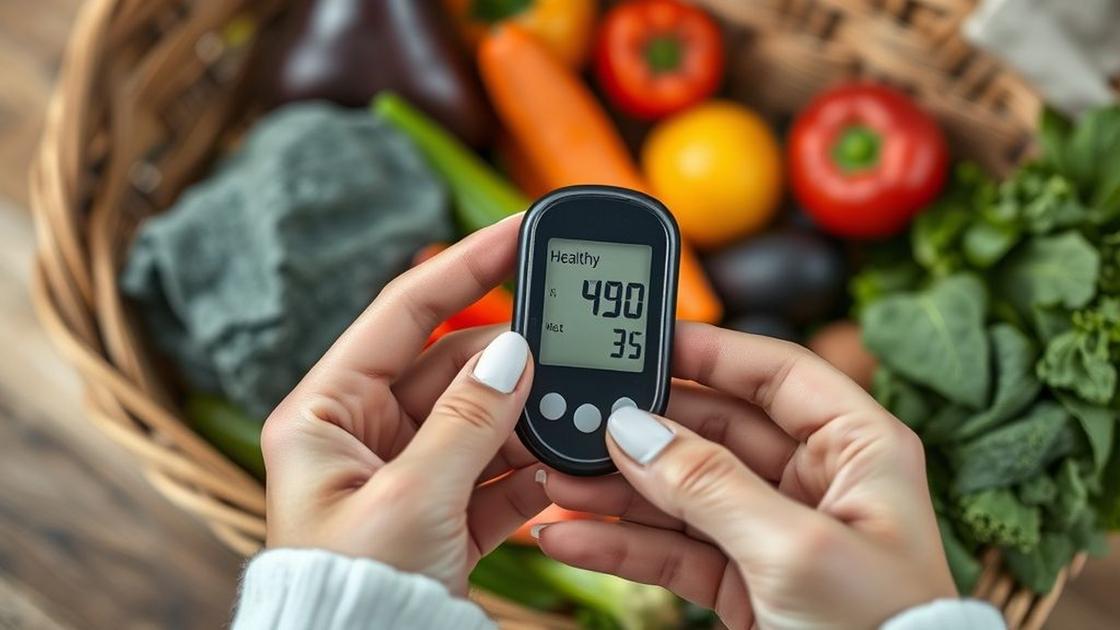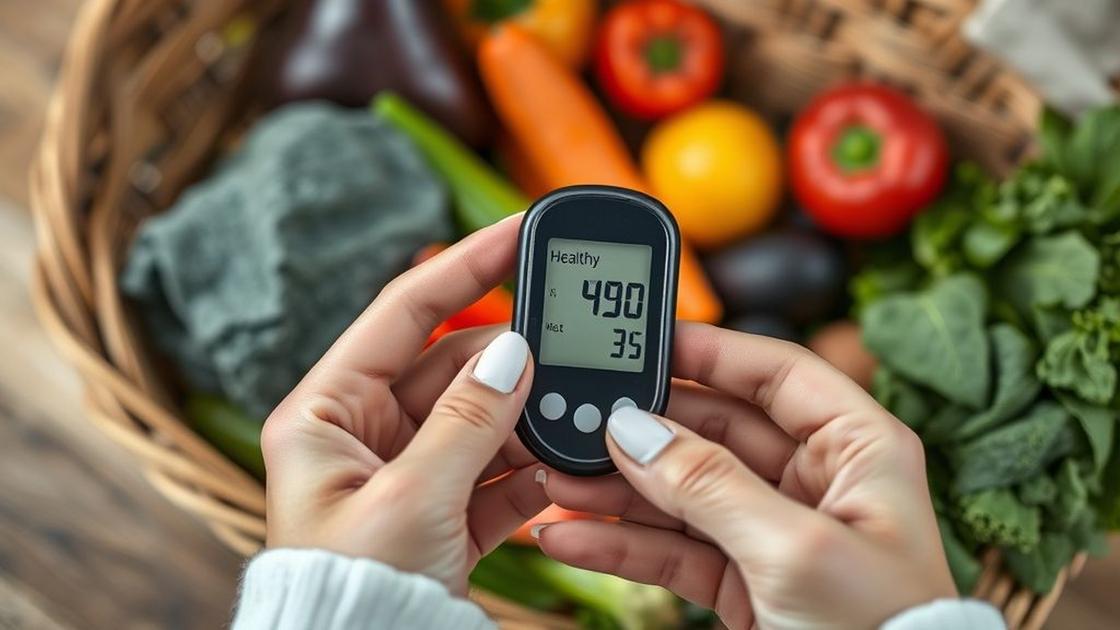Do you know that recognizing early blood sugar warning signs at home can change your health journey? Many women over 30 face daily challenges like fatigue and anxiety, often linked to blood sugar levels. By understanding these signs, you can take proactive steps to feel more balanced and energized. This guide will help you identify the subtle signals your body is sending, empowering you to make positive changes. Let’s explore together how to tune in to your health and embrace a more vibrant life.
Understanding Blood Sugar and Its Impact on Health
Blood sugar, or glucose, is an essential source of energy for our bodies. It comes from the foods we eat, particularly carbohydrates. When you digest these foods, glucose enters your bloodstream, making its way to your cells with the help of insulin—a hormone produced by the pancreas.
Maintaining a proper balance of blood sugar is vital for overall health. If blood sugar levels are too high (hyperglycemia) or too low (hypoglycemia), it can lead to various health problems, including fatigue, mood swings, and more serious conditions like diabetes.
For women over 30, fluctuations in blood sugar can manifest as fatigue, insomnia, or anxiety. Understanding how your body responds to different foods and situations is key to managing your energy and well-being.
Common Symptoms of High and Low Blood Sugar
Recognizing the symptoms of blood sugar fluctuations is crucial for taking control of your health. Here are some common signs to watch for:
Symptoms of High Blood Sugar
- Increased thirst: Feeling more thirsty than usual can be a sign of elevated blood sugar.
- Frequent urination: High glucose levels lead to increased urine output, often causing dehydration.
- Fatigue: You may feel unusually tired or lethargic.
- Blurred vision: High blood sugar can affect your eyesight.
Symptoms of Low Blood Sugar
- Shakiness: Sudden shakiness is often linked to low blood sugar levels.
- Excessive sweating: You may break out in sweat even in cool conditions.
- Dizziness: Feeling lightheaded is another symptom.
- Hunger: Intense cravings can signal that you need to eat to raise your blood sugar.
Identifying these symptoms can empower you to take action when necessary. Remember, paying attention to your body helps you stay one step ahead of potential issues!
The Connection Between Blood Sugar and Fatigue
Many women experience fatigue that seems unexplainable, especially around the age of 30 and beyond. Often, fluctuations in blood sugar can contribute significantly to this fatigue.
When your blood sugar is too high, your body struggles to use glucose effectively, leading to tiredness. Conversely, low blood sugar can cause a quick drop in energy levels, leaving you feeling drained. This cycle can become exhausting, making daily tasks feel overwhelming.
Understanding this connection allows you to take steps to address your fatigue. Staying aware of how your meals and snacks affect your energy can make a huge difference.
How to Check Your Blood Sugar Levels at Home
Checking your blood sugar at home is more accessible than ever. Here’s a quick guide:
- Obtain a glucose meter: You can find these at pharmacies or online. Choose one that fits your needs.
- Prepare your supplies: Make sure you have test strips and lancets ready.
- Follow the instructions: Each meter comes with specific instructions. Read them carefully to get accurate readings.
- Record your results: Keep track of your blood sugar levels in a journal to notice patterns over time.
By testing your blood sugar levels regularly, you can take charge of your health and make informed decisions about your diet and lifestyle.
Lifestyle Changes to Manage Blood Sugar Naturally
Making small changes in your daily routine can significantly affect your blood sugar levels. Here are some tips:
- Stay active: Regular physical activity helps regulate blood sugar. Find activities you enjoy, like walking, dancing, or yoga.
- Eat balanced meals: Incorporate whole grains, lean proteins, and healthy fats into each meal. This combination helps maintain stable blood sugar levels.
- Stay hydrated: Drinking plenty of water can help your body manage blood sugar more efficiently.
- Manage portion sizes: Eating smaller, balanced meals throughout the day can prevent spikes and drops in blood sugar.
Implementing just a few of these changes can help you feel more energetic and balanced.
The Role of Nutrition in Blood Sugar Regulation
Your diet plays a vital role in how your body manages blood sugar. Here are food choices that can help:
Foods that Stabilize Blood Sugar
- Whole grains: Unlike refined grains, whole grains provide sustained energy and help maintain stable blood sugar levels.
- Fruits and vegetables: Incorporating a variety of these offers essential vitamins and minerals while also providing fiber.
- Lean proteins: Chicken, fish, beans, and nuts can help you feel fuller for longer and minimize cravings.
- Healthy fats: Foods like avocados, olive oil, and nuts help regulate blood sugar as well.
Understanding how nutrition impacts your blood sugar allows you to make healthier food choices, leading to better energy levels and mood stability.
Stress and Its Effect on Blood Sugar Levels
Stress affects every part of your life, including your blood sugar levels. When you’re stressed, your body releases hormones like cortisol, which can lead to increased blood sugar. This can create a vicious cycle—stress raises blood sugar, and high blood sugar can contribute to more stress.
Recognizing stress as a factor gives you the capability to focus on stress management. Here are some techniques to consider:
- Practice mindfulness: Techniques like deep breathing, meditation, or yoga can help you manage stress.
- Connect with others: Talking to friends or joining a support group can alleviate feelings of isolation.
- Engage in hobbies: Doing something you enjoy helps shift your focus away from stressors.
With stress management strategies in place, you can contribute to stabilizing your blood sugar and improving your overall well-being.
When to Seek Professional Help for Blood Sugar Issues
If you notice persistent changes in your blood sugar or experience symptoms that worry you, don’t hesitate to reach out to your healthcare provider. Here are key indicators that it’s time to take action:
- Persistent fatigue: If you feel tired all the time, it could be a sign of blood sugar imbalance.
- Severe mood swings: Regular emotional highs and lows can indicate that your blood sugar isn’t stable.
- Unexplained weight gain or loss: Sudden changes in weight can point to underlying blood sugar issues.
Speaking to a professional can help you identify problems and create a plan to feel better.
Empowering Women: Personal Stories of Transformation
Many women have faced the challenges of unstable blood sugar and found ways to overcome them. These personal stories inspire others to take action:
One woman, after years of fatigue and mood swings, decided to track her food intake and exercise more regularly. She discovered that her energy levels increased significantly once she adjusted her diet and began exercising regularly.
Another woman shared her journey of finding balance through understanding the impact of stress on her health. By incorporating mindfulness practices into her daily routine, she not only managed her blood sugar more effectively but also felt more in tune with her body.
These stories show that change is possible, no matter how overwhelming it may seem at first.
Taking Control: Steps to a Healthier You
Feeling in control of your health is crucial. Consider the following steps to help you navigate your journey:
- Set realistic goals: Start small, aiming for gradual improvements in your diet and lifestyle.
- Seek support: Join groups or find friends with similar goals to encourage each other.
- Educate yourself: Knowledge is power. The more you know about how to manage blood sugar, the better you can care for yourself.
- Create a routine: Establishing routines helps maintain consistency, which is key in managing blood sugar levels.
Remember, it’s possible to improve your symptoms and challenges by following a simple step-by-step method. Many women have transformed their lives with these strategies. You can too—empower yourself to discover this solution and take the steps towards a healthier you!










